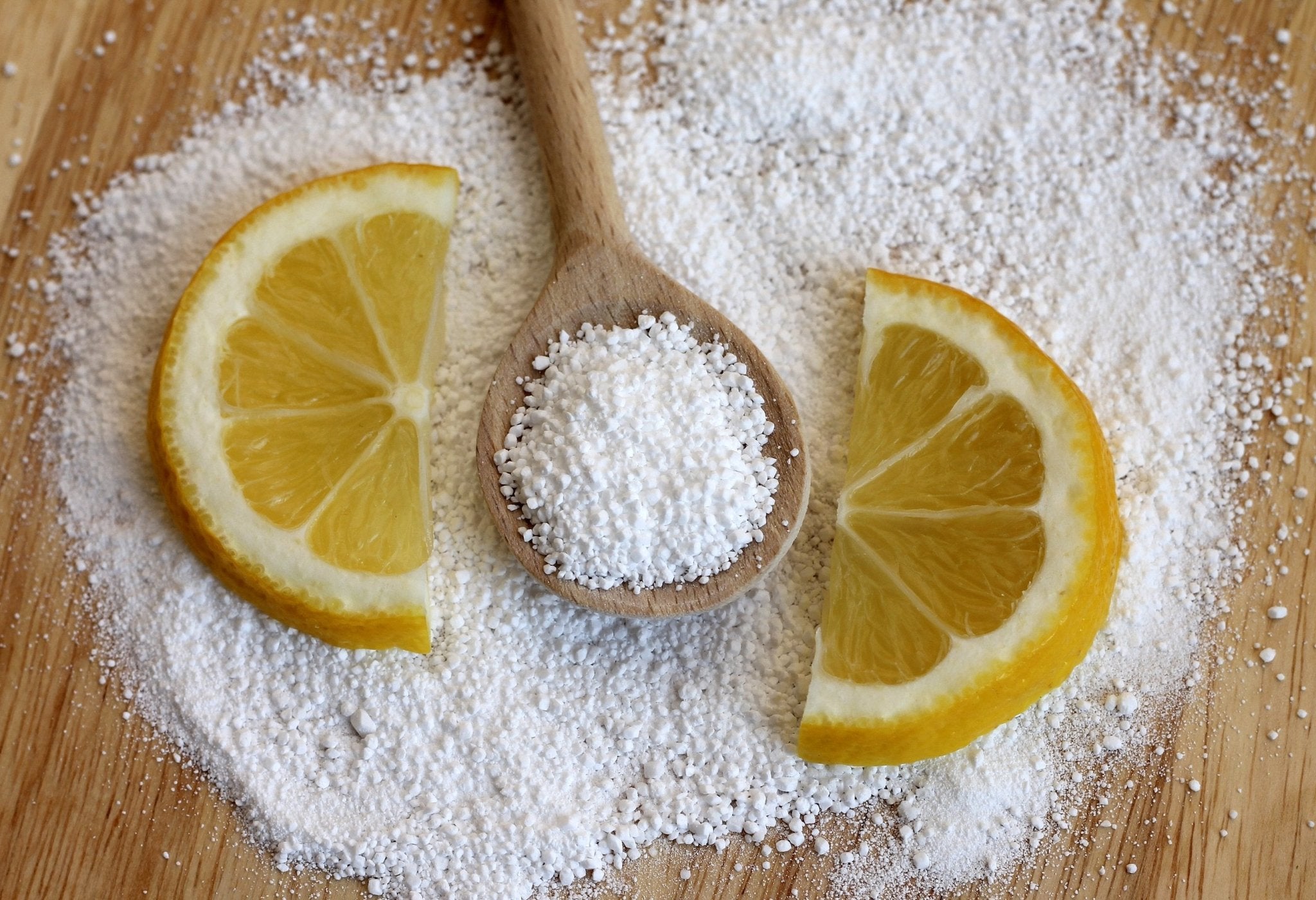
The Versatile World of Citric Acid: A Culinary Delight in the Food Industry
SUBSCRIBE TO OUR BLOG
Promotions, new products, and recipes.
Introduction:
Citric acid, a naturally occurring compound found abundantly in citrus fruits like lemons, oranges, and limes, plays a vital role in the food industry. With its tangy, refreshing taste and multiple beneficial properties, citric acid has become a staple ingredient in food preparation. From enhancing flavors to preserving foods, this remarkable acid has found its way into a myriad of culinary applications. In this article, we will explore what citric acid is, how it is made, the foods it enhances, and its lesser-known uses in the average kitchen.
What is Citric Acid?
Citric acid is an organic acid with the chemical formula C6H8O7. It belongs to the alpha-hydroxy acid family and appears as a white, crystalline powder with a distinct citrus flavor. Although it occurs naturally in many fruits, most of the citric acid used in the food industry is derived from the fermentation process of sugars. It is used in many recipes to add flavor and zip. For example, the recipe for a Delicious Caramel Sauce uses citric acid as one of its key ingredients.
Manufacturing Process
Commercial citric acid is primarily produced through fermentation using a specific type of mold called Aspergillus Niger. This mold is added to a carbohydrate-rich substrate like corn, molasses, or sugarcane. As the mold grows, it metabolizes the sugars and produces citric acid as a byproduct. The resulting mixture is then harvested and processed to obtain the final citric acid product.

Candies flavored with citric acid.
Enhancing Flavors in Foods:
Citric acid is widely recognized for its ability to enhance flavors in a variety of food products. Its tangy, sour taste adds a delightful zest to both sweet and savory dishes. In the food industry, it is frequently used as a natural flavoring agent to improve the taste of:
Beverages: Citric acid is commonly used in soft drinks, fruit juices, and energy drinks to impart a refreshing tartness.
Confectionery: It can be found in candies, gummies, and sour sweets, adding a pleasant pucker to these treats.
Sauces and Dressings: Citric acid is used to balance the flavors in sauces, salad dressings, and condiments.
Canned Foods: It acts as a preservative and enhances the taste of canned fruits, vegetables, and preserves.
Dairy Products: In the dairy industry, citric acid is used to coagulate milk when making cheese and to stabilize emulsions in certain dairy products.
Baked Goods: Citric acid is used in baking powder to create a leavening effect in cakes, cookies, and muffins.
Lesser-Known Uses in the Average Kitchen:
Apart from its common applications in the food industry, citric acid can also serve various useful purposes in the average kitchen. Some lesser-known uses include:
Cleaning Agent: Citric acid's acidic nature makes it an excellent natural cleaner for removing stains, mineral deposits, and limescale from kitchen surfaces, kettles, and coffee makers.
Preserving Fresh Produce: A citric acid solution can be used to preserve the color and freshness of fruits and vegetables. It acts as an antioxidant, preventing browning and spoilage.
Canning and Pickling: Adding citric acid to homemade canned goods and pickles not only enhances flavor but also aids in preservation.
Meat Tenderizer: Citric acid's mild acidic properties can tenderize tough cuts of meat when used as a marinade.
Where to Obtain Citric Acid:
Citric acid is readily available in grocery stores, supermarkets, and online retailers. It can be found in the baking section, as a stand-alone product, or as an ingredient in certain food items. It is also widely available online.
Conclusion:
Citric acid is a true culinary gem, playing a central role in the food industry and finding versatile applications in the average kitchen. From enhancing flavors in a wide range of foods to serving as a natural cleaner and preserving agent, its uses extend beyond mere taste enhancement. Embrace this tangy delight and elevate your culinary experiences with the multifaceted citric acid, an ingredient that continues to dazzle and inspire both professional chefs and home cooks alike.
Do you have any new or better uses for citric acid? Please share with us in the comments section below!
For Further reading: Sodium Citric: The Uses and Benefits


|
About the Author Ed is the founder of Cape Crystal Brands, editor of the Beginner’s Guide to Hydrocolloids, and a passionate advocate for making food science accessible to all. Discover premium ingredients, expert resources, and free formulation tools at capecrystalbrands.com/tools. — Ed |
- Choosing a selection results in a full page refresh.



